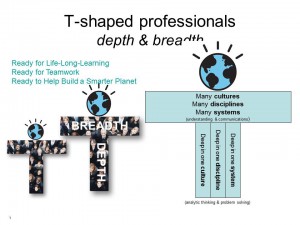
Must-See Public Interest Design
Tim Brown, October 9, 2012
A show curated by John Cary of Public Interest Design has just opened in San Francisco at the Autodesk Gallery. It is a must if you are interested in design and the social sector. The exhibit features many of the organizations that contributed to the design labs at this year's Clinton Global Initiative conference, which I wrote about here last week. It is a great chance to see some of the creative approaches designers are taking to create impact beyond the world of business as usual.
One of things I love about several of the projects is that they invite involvement by many beyond professional design fields. Parklets—i.e. mini-parks inserted into public streets and parking bays—are popping up in cities beyond their birthplace in San Francisco. Code for America is encouraging software designers and developers across the country to tackle civic design challenges such as the Adopt-a-Hydrant app. TEDx has already become a global phenomenon, but TEDx-in-a-Box enables under-resourced communities to have everything they need to hold their own TEDx conference.
You can see a great infographic explaining more of the exhibit's content here: exhibition.publicinterestdesign.org.
The show itself is elegantly inserted into the already wonderful Autodesk Gallery. For anyone fascinated by how contemporary design gets done, the gallery is a cornucopia of digital models, prototypes, and special effects clips.
Phi Beta Iota: Governments should never have centered on money — that led to abject absolute corruption. Centering governments on public interest design is a very powerful meme, and also consistent with the end of “government” as a monopoly, and the emergence of “governance” as an M4IS2 function.
See Also:
2013 Public Governance in the 21st Century: New Rules, Hybrid Forms, One Constant – The Public





